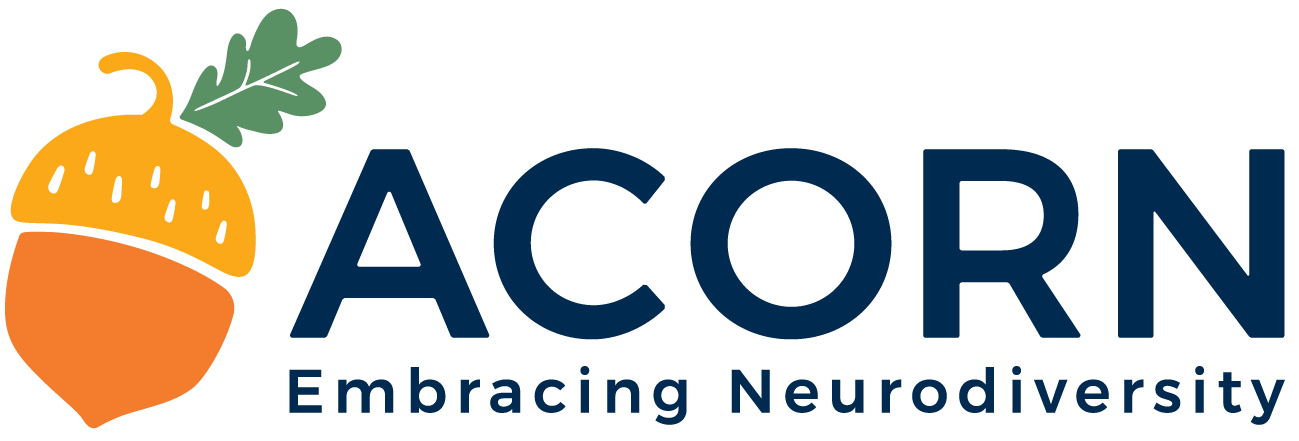
What is Autism?

Takiwātanga - “in their own time and space.”
Takiwātanga or Autism, is a neurodevelopmental condition associated with differences areas such as communication, social and sensory processing. In other words, it affects how an autistic person communicates and relates to others, as well as how they experience and interact with the world around them.
Because of the varied ways that autism can present, Autism Spectrum Disorder (ASD) is the diagnostic term used to describe the range of traits and characteristics. This means that there are many differences between one autistic person and another - no two autistic people are the same.

Autistic individuals offer a unique lens on the world. Just like Greta Thunberg, many of our autistic children possess an unwavering dedication to causes they believe in.
Their ability to hyper-focus allows them to delve into topics with remarkable depth and persistence. This intense focus often leads to remarkable empathy and loyalty. Their distinctive perspective fosters innovation, enabling them to uncover solutions that may elude neurotypical individuals.
Autistic children at school
In primary school teacher might notice that a child:
Struggles with the busy environment and social demands.
Becomes anxious or uncomfortable.
Plays and/or works alone or has a couple of like-minded peers that they like to be with.
Is keen to share their knowledge about their special interests.
Finds transitions, particularly chaotic transitions in and out of class, can be challenging.
Struggles to regulate their emotions when they experience stress.
An early childhood teacher might notice that a child:
Plays with toys and objects differently.
Might seem unaware of or uninterested in the other children.
Has delays in their language development.
Has meltdowns that look like tantrums or may seem irritable or avoidant of certain activities due.
In intermediate and secondary school, the social landscape becomes more nuanced, posing challenges for autistic youth. They may find it difficult when their typical methods of making friends no longer work and they may struggle to fit in. Abstract academic tasks may prove frustrating and tasks that require executive functioning.
During high school, autistic teens are particularly susceptible to bullying and mental health issues such as anxiety and depression. These challenges stem from feelings of difference or from feeling like they need to mask their differences to fit in.





